How Fashion is Reducing Garment Waste
In a fast-fashion world, we're constantly chasing the latest trends. This constant rush has taken over our lives and, in many ways, has made us more wasteful. There is a pressing need to shift away from fast fashion towards sustainable, Zero Waste Fashion. Recycling and upcycling helps extend the life of a garment contributing to a better, healthier world.
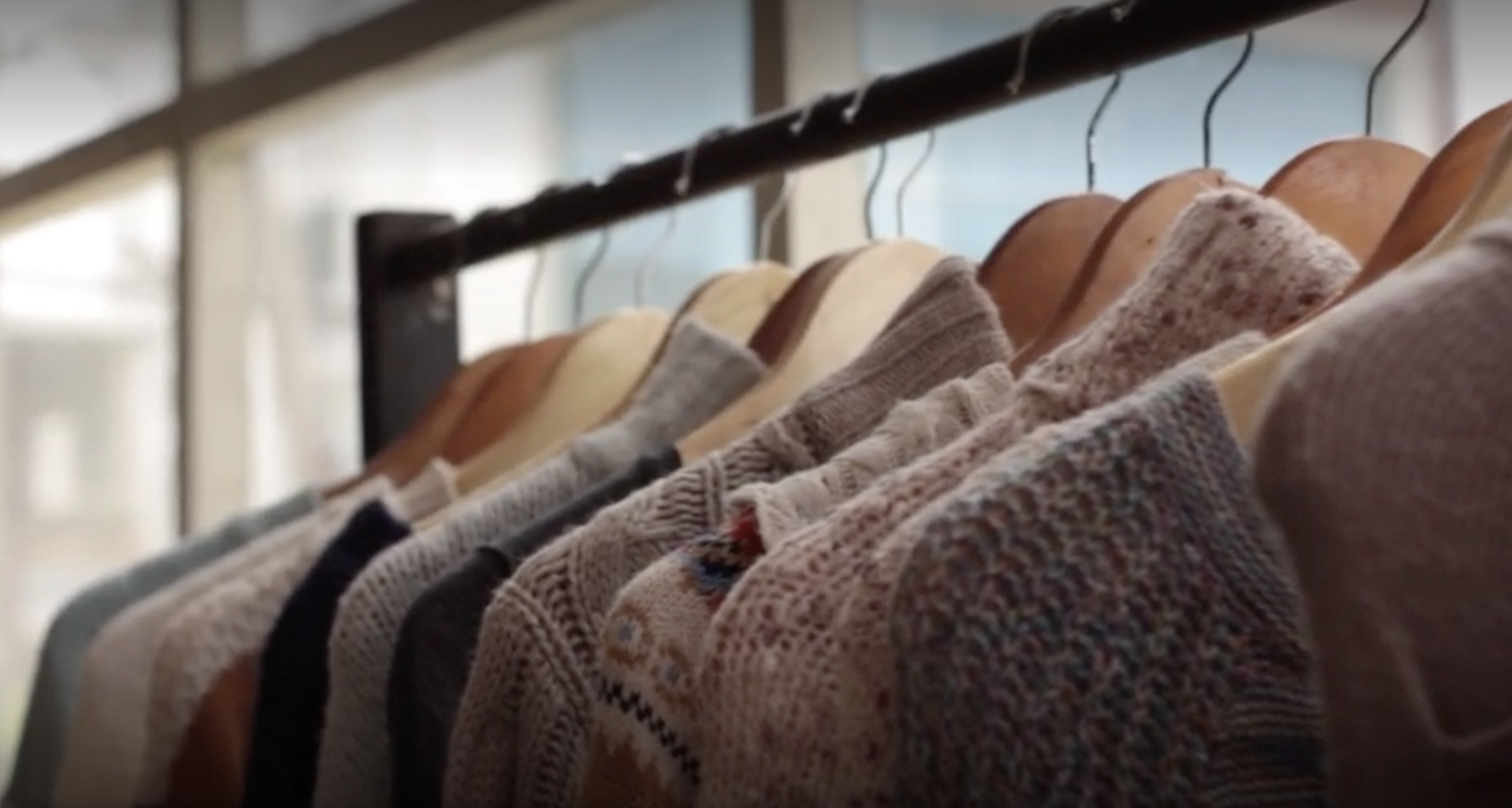
Why do we need to extend garment life?
Take a step back and reflect on the clothes hanging in your wardrobe. How many do you actually wear? Why did you shop for those items in the first place? Did any external factors affect the choices you made? Most importantly, do you really need everything you have in your wardrobe?
The lifecycle of a garment includes can be a lot more complex than people might expect. In the age of fast fashion and instant gratification, a garment once sold, is often worn barely a handful of times. It is only a matter of time before items are discarded, becoming a major contributor to waste and harmful landfills.
Fast fashion provides consumers with cheaper clothes at a faster rate. More and more clothes are getting distributed into the world, resulting in more and more being thrown away. It is reported that 1 in 6 young people won’t wear an outfit again if it has been worn on their Instagram. Given that more than 86% of Instagram users post stories daily, and more than 95 million photos are shared daily on the platform, the demand for new garments is astronomical. The fast pace at which clothes are being produced and consumed is why the fashion industry is so environmentally polluting.
Fast fashion creates a huge carbon footprint, which sustainable fashion aims to change. About 20% of the world’s industrial water pollution is caused by the fashion industry, which is also responsible for around 10% of global carbon emissions.
In the UK more than 300,000 tonnes of clothes end up in either landfill or are incinerated every year. In India, this annual figure reaches more than a million tonnes.
Shifting from fast fashion to sustainable fashion can help to reduce this waste by increasing the lifecycle of a garment.
Sustainable practices like recycling or upcycling can help reduce textile waste, and extend the life of a garment beyond its first sale.
Pre-loved clothes are one of the best ways to reduce textile waste and demand for new clothing. Retailers operate both online and offline with something for everyone, from second-hand designer goods to thrift stores.
In the video below, Kaitlyn Bullen, Brand Manager and Designer at UK vintage retailer and wholesaler Blue Rinse, talks about how the business is giving new life to textile waste.
Sustainable business evolution with Blue Rinse's Kaitlyn Bullen
What are the challenges?
A major obstacle to operating a sustainable fashion business is cost. Producing goods from more sustainable raw materials like merino wool costs roughly three times more than polyester, while cashmere costs about 10 times more.
The higher cost of raw materials means the selling price of the product needs to be higher too in order for the company to prosper. To be competitive and save waste Atul Sangwan, CEO of Abhivyakti Fashions, says the company collects discarded yarns from different factories and uses them to make beautiful garments. But cost is not the only challenge.
"Creating brand awareness is another major challenge as even before we start marketing we need to educate our audiences," Atul explains.

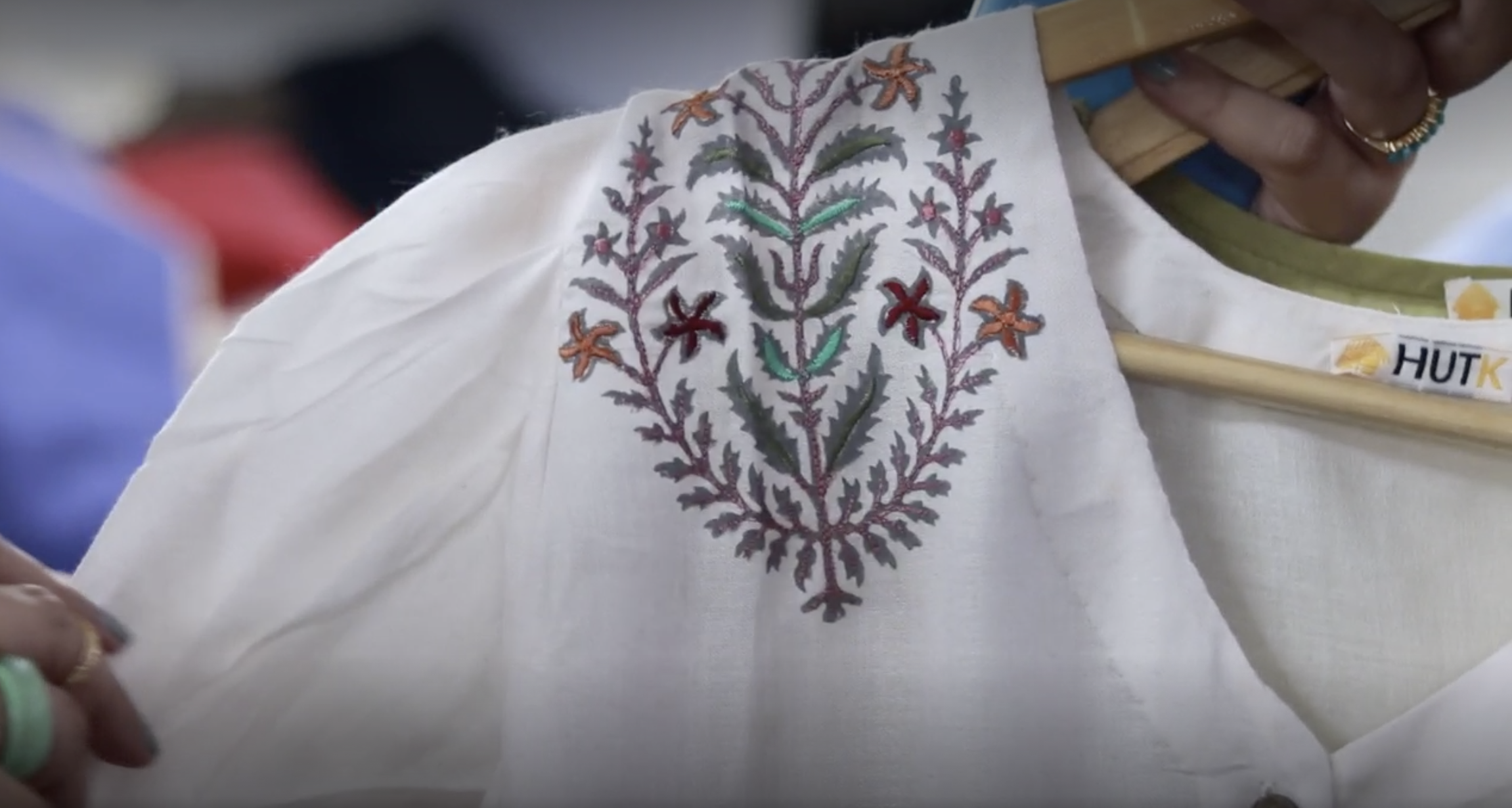
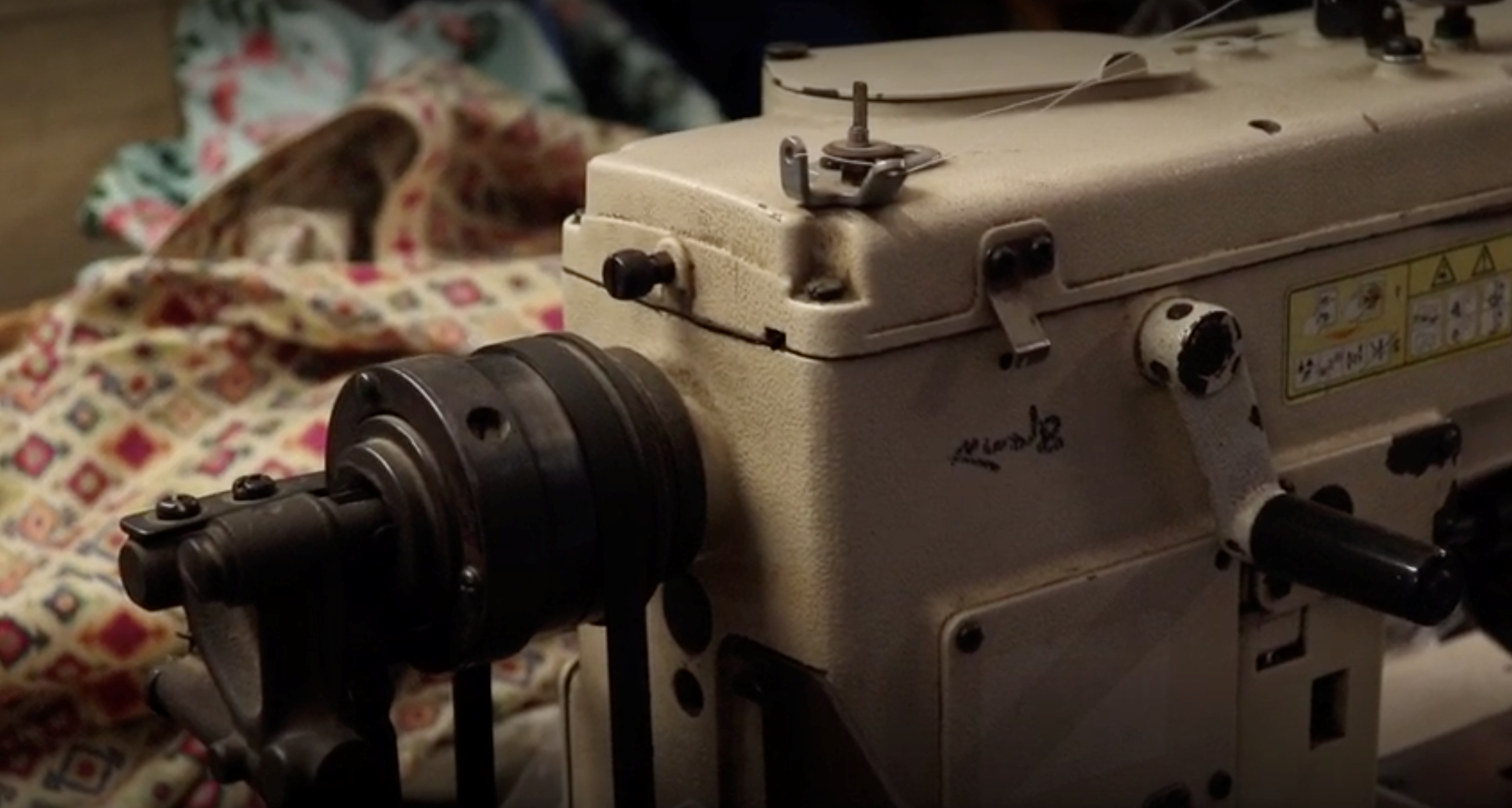
How are the challenges being met?
In the fashion business, both retailers and consumers have a key role to play in extending garment lifecycles.
Some existing practices by brands in India are beginning to catch the attention of the global fashion market.
Operational costs can be reduced by minimising marketing and packaging; using waste as a raw material or using fewer materials, and advertising via social media to avoid paper waste. However, for real change to happen the consumer needs to be as invested in sustainable fashion values as the brands.
Today's generation are becoming more conscious of our collective responsibility to take care of the planet.
Upcycling or using fabric waste is becoming a popular way for fashion to become more sustainable. This practice provides a redefined purpose for what would otherwise be waste and includes creative elements such as tie-dye, patchwork, applique, and quilting.
Upcycling - using fashion waste as a raw material with Paiwand founder, Ashita Singhal
Consumers can also upcycle by making small adjustments such as adding new buttons, dyeing fabric, or shortening hems etc. to restyle items in their wardrobe. This approach can be mutually beneficial by saving costs, diverting waste from landfill and refreshing wardrobes.
To deviate from a fast fashion system that encourages mindless consumption of new items, we need be more creative in finding new meanings in existing items.
Hear more about how innovative designers are meeting these challenges in the video below.
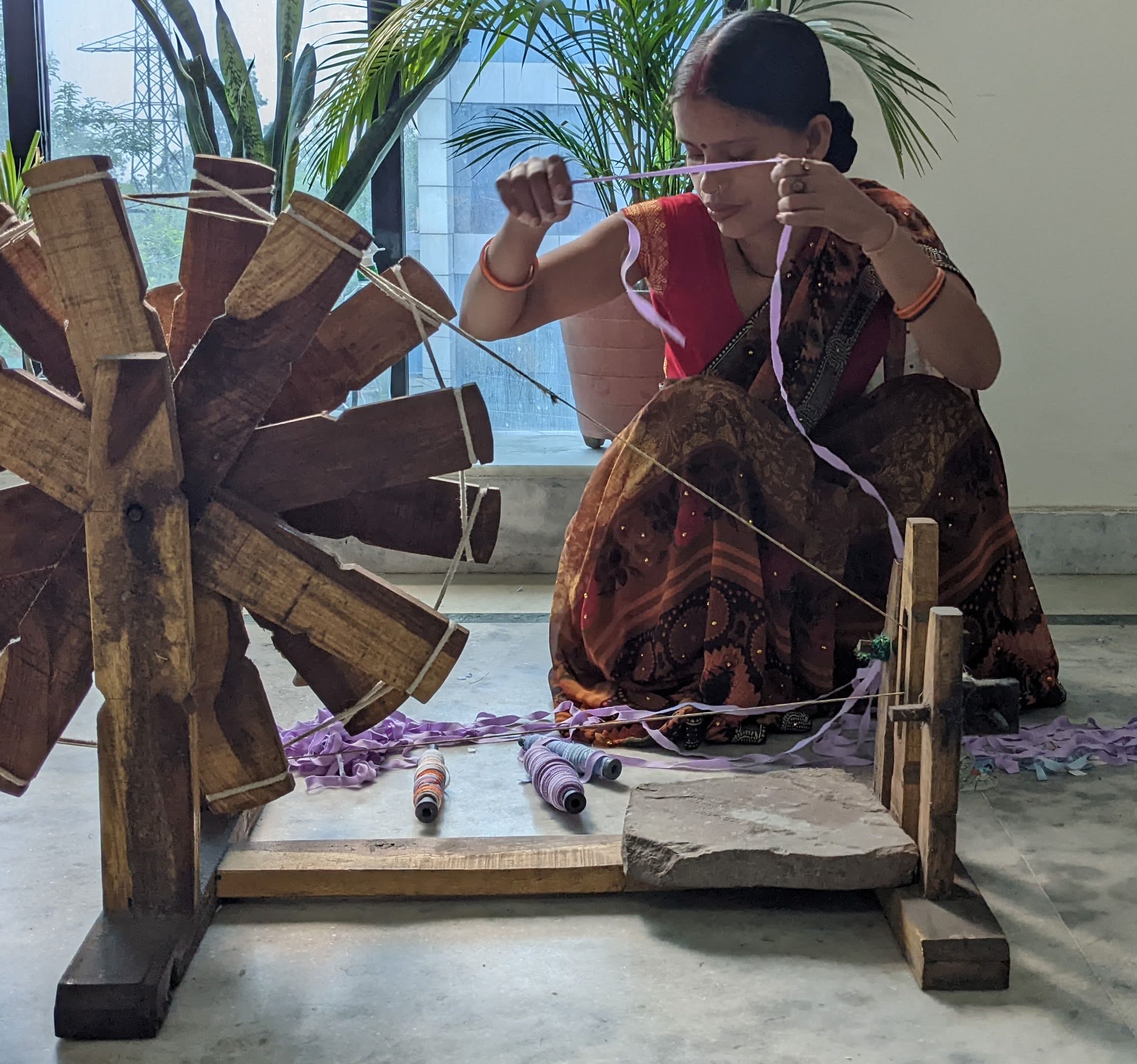

Materials & sustainable fashion production
The journey towards sustainability is fraught with challenges linked to increased cost in terms of time, money, human resources, and machinery. Nevertheless, fashion innovators are finding ways to overcome this.
One way to save on new materials is to use horticultural waste from soya beans, corns, bananas, and milk to create fabrics.
Another alternative is 3D printing technology, using plastic waste to create embellishments such as sequins, for a more environmentally-friendly production process. However, some of these new technologies can be costly for small designers. Hear more about these trends in the podcast with founder of luxury sustainable fashion brand Pratyush Kumar below:
Pieux in View with Khushee Sharma and Pratyush Kumar
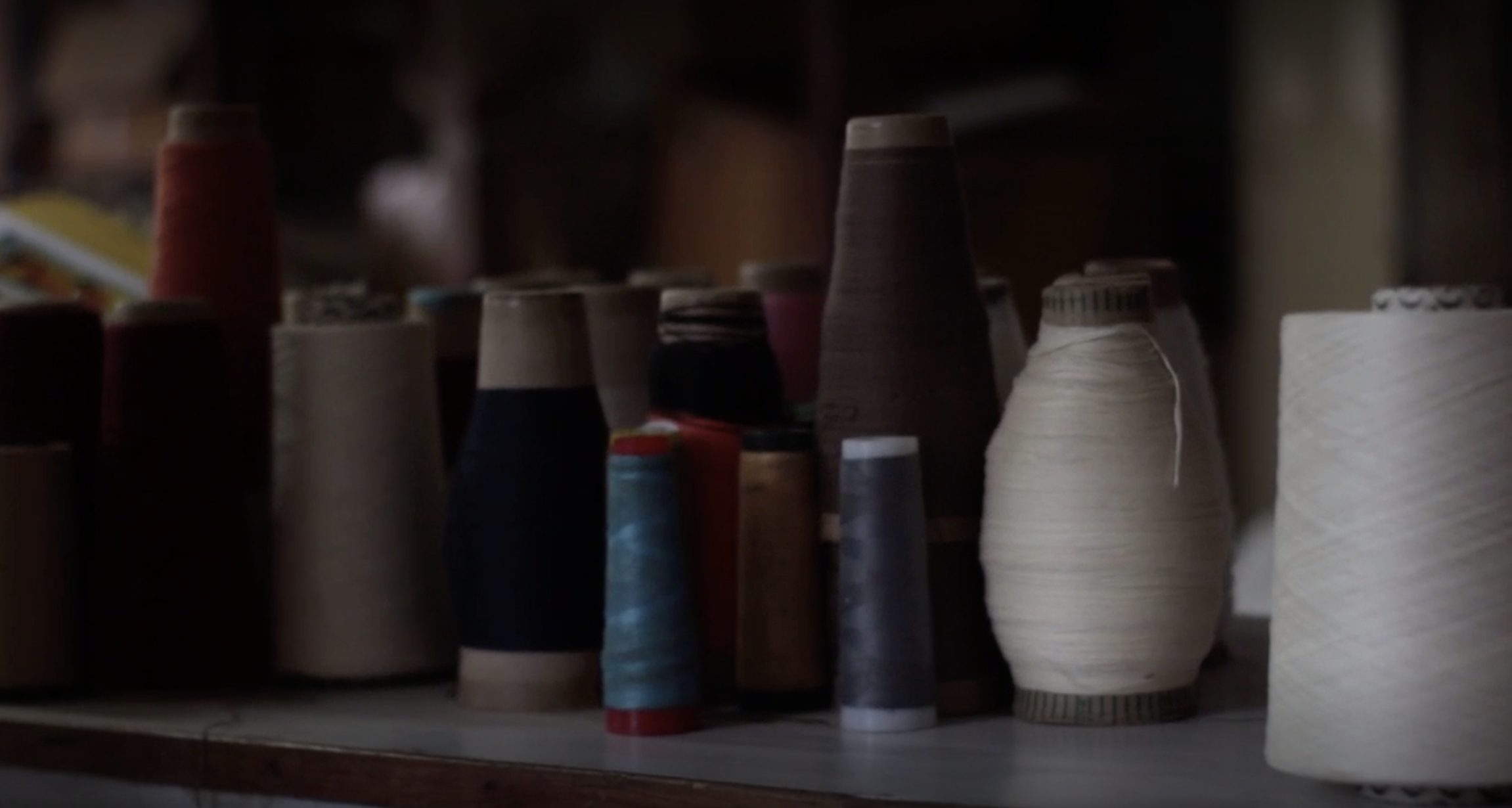
Towards a greener future
The path towards sustainability is still unclear, but innovative technology and creative thinking are helping the fashion industry move towards a greener future. To make this change, consumers too must be conscious of the environmental damage fast fashion can cause and explore alternative ways to enjoy fashion.
Both the fashion industry and consumers must take ownership of their roles in making this sustainable future a reality, leaving a greener fashion legacy to inspire future generations.
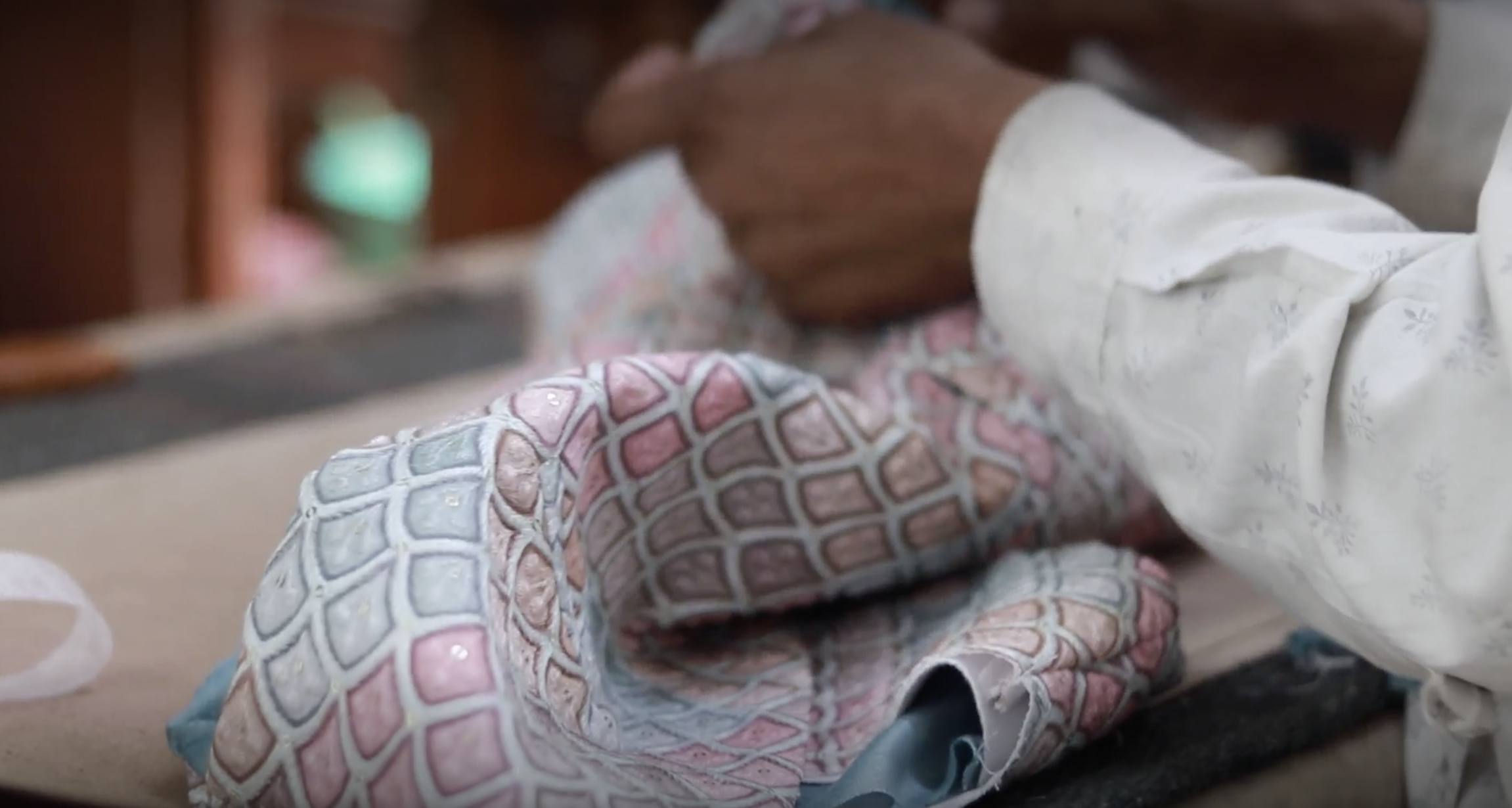
To support the United Nations' Sustainable Development Goal Number 12, to ensure sustainable consumption and production patterns, media students from
Pearl Academy, India and journalism and fashion students of Manchester Metropolitan University, UK collaborated to produce this multimedia article.
Contributors:
Khushee Sharma : @khusheesharmzz
Vidhi Gosain
Angel Martin : @notbasicvision
Joseph Walby
Thomas Parkin : @thomparkin
Neena Thomas : @neena_thomas
Sidhart Nair
Kunwar Thapar :@ortauree
Erika Jain : @erikaa
Anastasia Dunkerley
Madeleine Bright
Deepali Aggarwal
Dhara Shah : @dharashah2001

